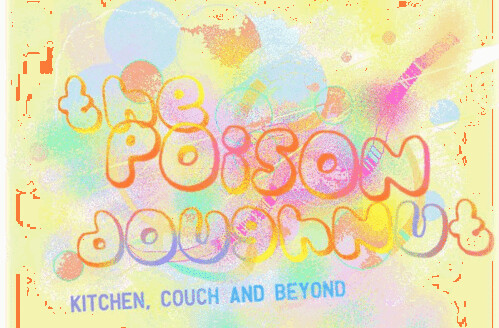Penne puttanesca
Had to post this recipe today, after a request from a friend. Puttanesca: whore's pasta. Says the font of all knowledge:
The name originated in Naples after the local prostitutes,
Pasta alla Puttanesca meaning "Pasta in the way a whore would make it". The
reason why the dish gained such a name is debated. One possibility is that the
name is a reference to the sauce's hot, spicy flavour and pungent smell. Another
is that the dish was offered to prospective customers at a low price to entice
them into a brothel. According to chef Jeff
Smith of the Frugal Gourmet, its name
came from the fact that it was a quick, cheap meal that prostitutes could
prepare between customers.
A more thorough story about this dish comes from
Diane Seed in her book, Top 100 Pasta Sauces. She says:
My introduction to this famous pasta dish occurred when I overheard two elderly priests discussing the pros and cons of Spaghetti alla Puttanesca ("Whore's spaghetti") as they deliberated over the menu in a Neapolitan restaurant. Made of ingredients found in most Italian larders, this is also known as 'Spaghetti alla Buona Donna' - or 'Good Woman's Spaghetti' - which can be misleading if one is not familiar with the ironic insult 'figlio d'una buona donna' - son of a good woman.To understand how this sauce came to get its name, one must consider the 1950s when brothels in Italy were state-owned. They were known as case chiuse or 'closed houses' because the shutters had to be kept permanently closed to avoid offending the sensibilities of neighbors or innocent passers-by. Conscientious Italian housewives usually shop at the local market every day to buy fresh food, but the 'civil servants' were only allowed one day per week for shopping, and their time was valuable. Their speciality became a sauce made quickly from odds and ends in the larder.
Very well then. We used to have this dish at The Spaghetti House in Port Moresby (see here.) I have to say that Giuliano Hazan's recipe, the one I use, doesn't contain chili: I usually put it in though, either as crushed dried chillies or fresh chopped. Other personal preferences: I like penne rigate, not spaghetti, as I find it picks up more sauce and is robust to match the sauce. I usually also add torn basil leaves to serve.
Penne Puttanesca (serves 6)
- 100ml extra virgin olive oil, plus a bit more
- 500g packet dried pasta (see above)
- 6 chopped anchovies out of a tin or jar
- 1 tsp finely chopped fresh garlic (or more if you want)
- 2 tins tomatoes (get the diced ones, or get the whole ones and dice them up yourself)
- 2 tablespoons capers
- 1 tablespoon fresh oregano or 1 tsp dried oregano
- about 10 black olives (you can take the stone out if you want)
Put the oil and anchovies in a big frying pan or saucepan. I use my Le Chasseur pan. Cook over low heat, stirring with wooden spoon, until the anchovies dissolve. Add garlic and cook for about 15 seconds, not letting it brown.
Increase the heat to medium-high and add tomatoes, plus the juice from the cans, and a tiny pinch of salt. When it boils, turn it down and simmer until tomatoes have reduced and separated from the oil. This takes 20-40 minutes, depending on how big your pan is.
Remove from heat, set aside. Cook pasta in boiling salted water. When pasta is halfway done, reheat the sauce. Add the oregano, capers and olives. When pasta is cooked, drain it and toss it together with the sauce in the pan over a low heat. Add one more tablespoon of olive oil and toss. Tip the whole thing into a heated serving bowl and serve it straight away while it's really hot.
If you wanted to do more, you could make a plain green salad to go with it. I would say a full-bodied red wine or an icy cold lager to go with it. Garlic bread could be nice too if that's your thing.







No comments:
Post a Comment